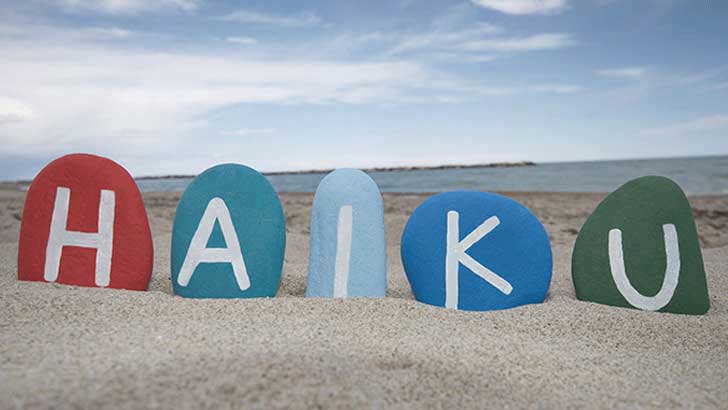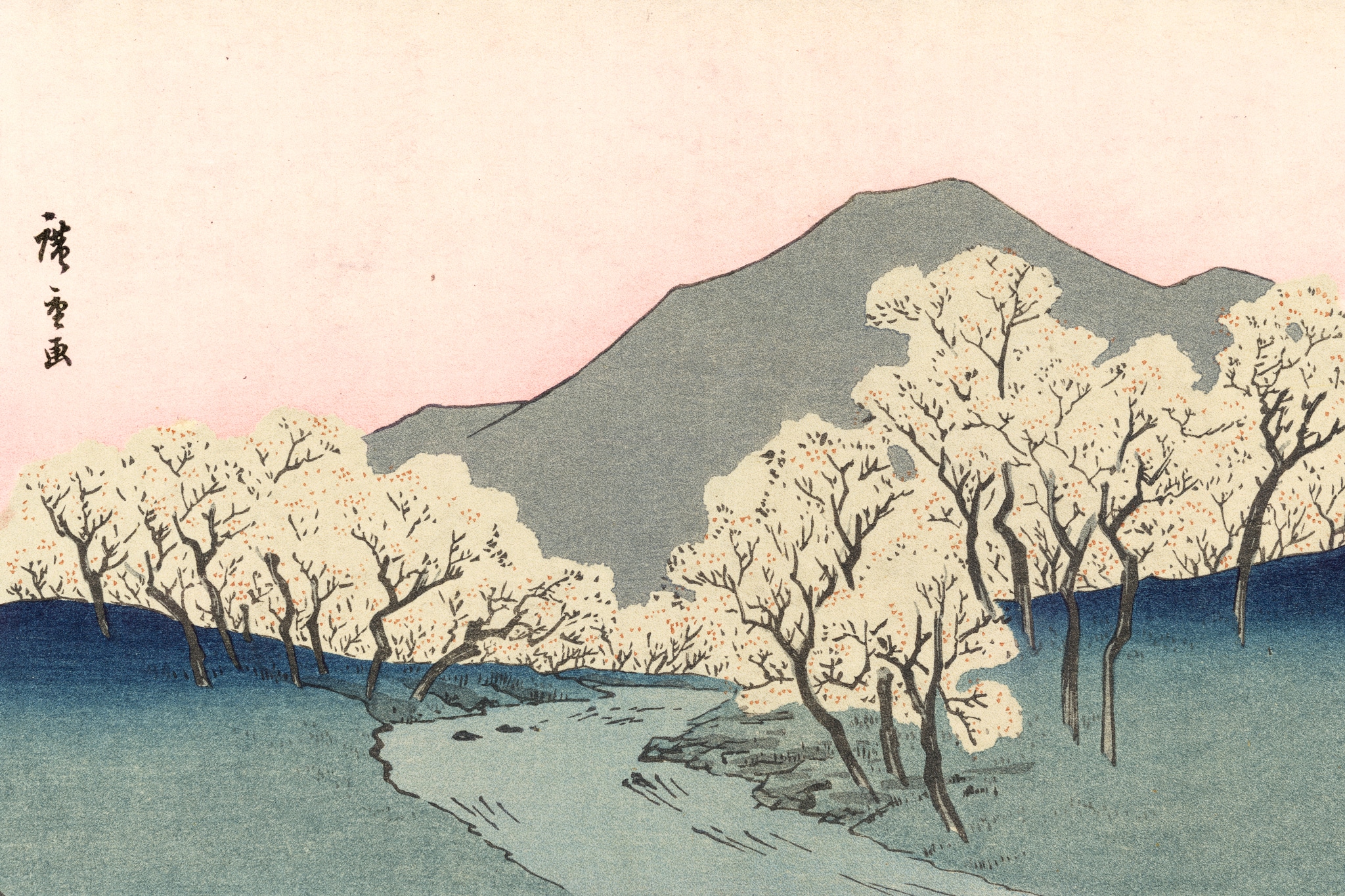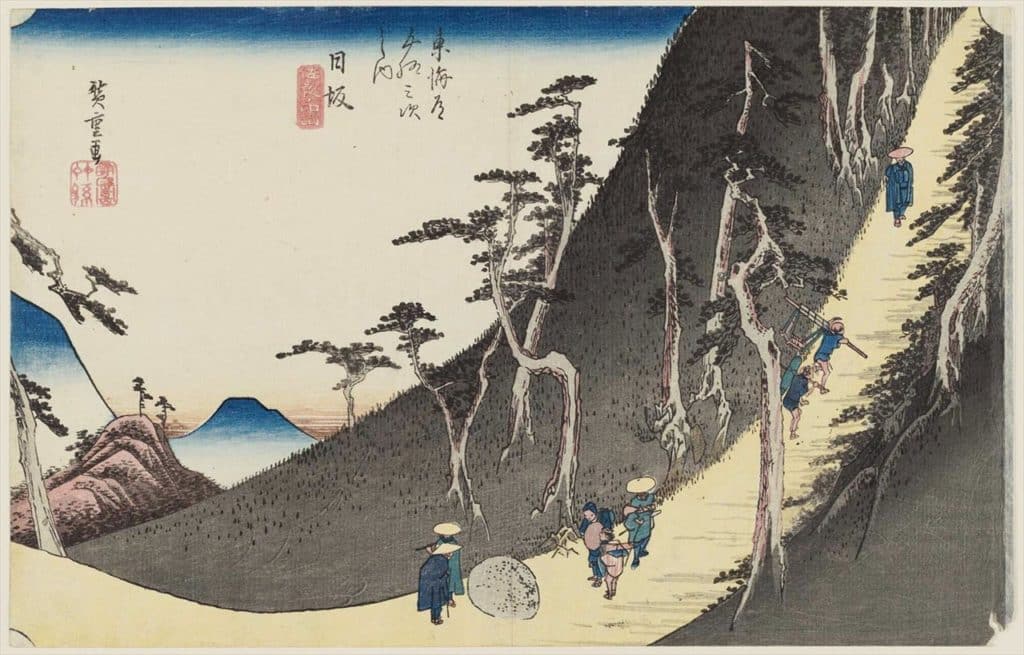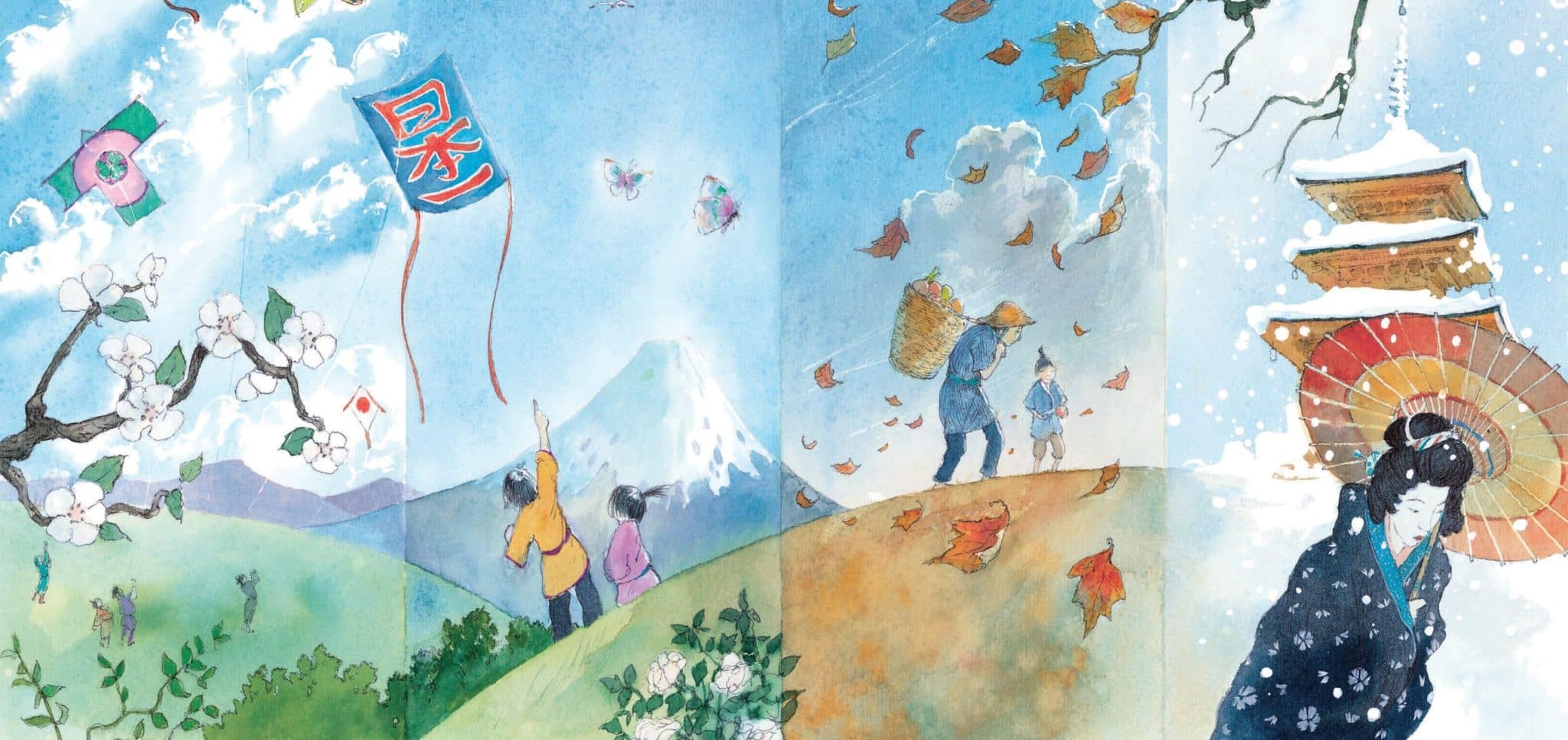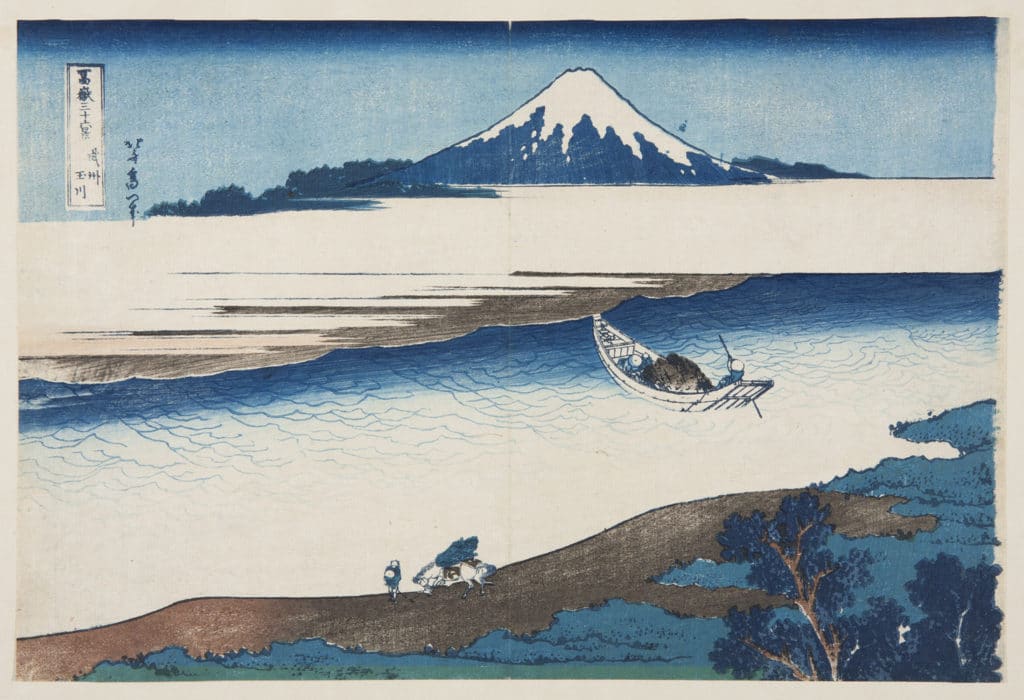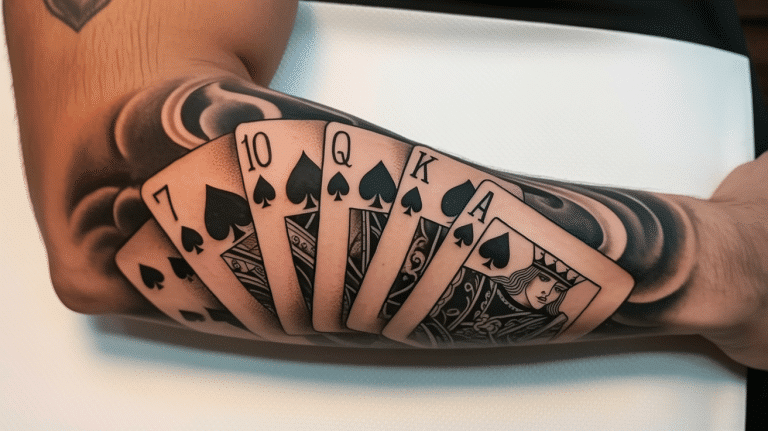If you are a poetry lover, you must have encountered this beautiful poetic form named haiku. Haiku is known for its unique structure and unrhyming characteristics. It consists of merely three lines but still can evoke emotions in the reader.
The first evidence of haiku comes from the 17th century. Matsuo Basho, a Japanese poet, is renowned for popularising the concept of Haiku.
However, the modern concept of haiku is known differently to the world. The expansion of haiku due to its Western adaptation has contributed much to its development.
We will learn how the traditional haiku was drawn to Japanese culture and how it transformed into its modern form. Understand its transformation, and explore various cultures and traditions through examples of 5-7-5 haiku about life and more!
Japanese Culture and Haiku
Haiku was originally referred to as “hokku” and was intended to capture the beauty and simplicity of Japanese culture. As a form of poetry, Haiku can provide a deep insight into Japanese culture. They offer a peep into the rich customs and traditions of Japan. Some Haiku poems have successfully captured the concept of a Zen garden or the essence of cherry blossoms, an essential element of Japanese culture. Traditional haiku can tell a lot about Japanese culture through the lens of nature and scenic appreciation of beauty.
A few examples of haiku that offer a glance at Japanese culture are as follows:
1. Cherry blossoms bloom
Softly falling on the stream
Japan’s beauty flows
2. Cherry blossoms bloom
Kimono-clad women dance
Japan’s culture thrives
3. Cherry blossoms bloom
Kimono-clad women dance
Spring in Japan’s heart
As evidenced by these poems, a lot can be inferred about the culture of Japan by reading just these haiku poems. The context of Kimono-clad women and cherry blossoms’ blooming indicates an appreciation of Japan’s natural beauty.
The Significance of Haiku in Japanese Culture
Haiku is an integral part of Japanese culture. An outsider who has never been to Japan can easily get an insight into the country’s culture and traditions by reading through haiku poems. Haiku poems tend to capture the essence of nature and moments and encourage readers to appreciate the existence of things.
Japanese culture cherishes mindfulness, and haiku poems serve as a medium of expression to celebrate little things in life. It promotes a zen philosophy that emphasizes experiencing things directly and teaches detachment.
Its strict nature of expressing the beauty of nature in just three lines encourages the poets to choose their words carefully, which needs a lot of focus. This is why haiku is often seen as a vehicle of meditation by various proponents of haiku.
These three lined, unrhyming poems are much more than they appear. Every time you read them, you can find a new hidden meaning. They have small details which can be interpreted in several ways.
Modern Haiku: The Evolution of Haiku
Although this beautiful poetic form originated in Japan and was quite popular there, it was only recognized after it became popular in several countries.
Its popularity increased when poets from other countries started translating and composing haiku in their language. Some say that Chinese poetry impacted the development of haiku to a great extent.
Due to its gradual evolution, several schools of haiku emerged. Some are The Shomon school, the Teitoku school, or the modern avant-garde writing style. The Shomon school of haiku was confined to simple language and painting a vivid picture to offer insight.
On the other hand, the Teitoku school was drawn to using elaborative language and wordplay. The haiku from the Teitoku school was rather complex and had deeper meanings hidden in them.
The modern haiku poems as we know them today are a transformed version of haiku which became popular during the 19th and 20th centuries.
As the poets began experimenting with different haiku styles by embracing Western forms of literature and poetry, a new form of haiku poem emerged, termed the avant-garde style of haiku.
Modern Haiku Examples
The difference between modern haiku and traditional haiku poems is that modern haiku does not follow the exact rules of the haiku. The traditional haiku poems were very particular about the 5-7-5 rule and the nature aspect of it.
As haiku evolved, more and more elements were added, and some stringent haiku rules were shedded. Here are some modern haiku examples:
I want to sleep
Swat the flies
Softly, please.
– Masaokoa Shiki
The lamp once out
Cool stars enter
The window frame
–Natsume Soseki
From across the lake,
Past the black winter trees,
Faint sounds of a flute.
– Richard Wright
Conclusion
Haiku poems are a reflection of the Japanese culture. They are known to offer insight into the rich traditional values of Japan. As we delve deeper into traditional haiku poems, we tend to understand that these poems were more about appreciating the rich culture of Japan.
It was about celebrating little things in Japanese culture, such as their rich natural beauty, scenic atmosphere, and ability to pause and enjoy the tranquility.
Through their subtle nature, haiku poems tend to paint beautiful imagery of nature and its aspects that we often forget to appreciate. The transformation of haiku poems from their conventional form to modern versions depicts their flexible nature despite maintaining their truest essence.
Hope you loved reading this. Let us know in the comments!

